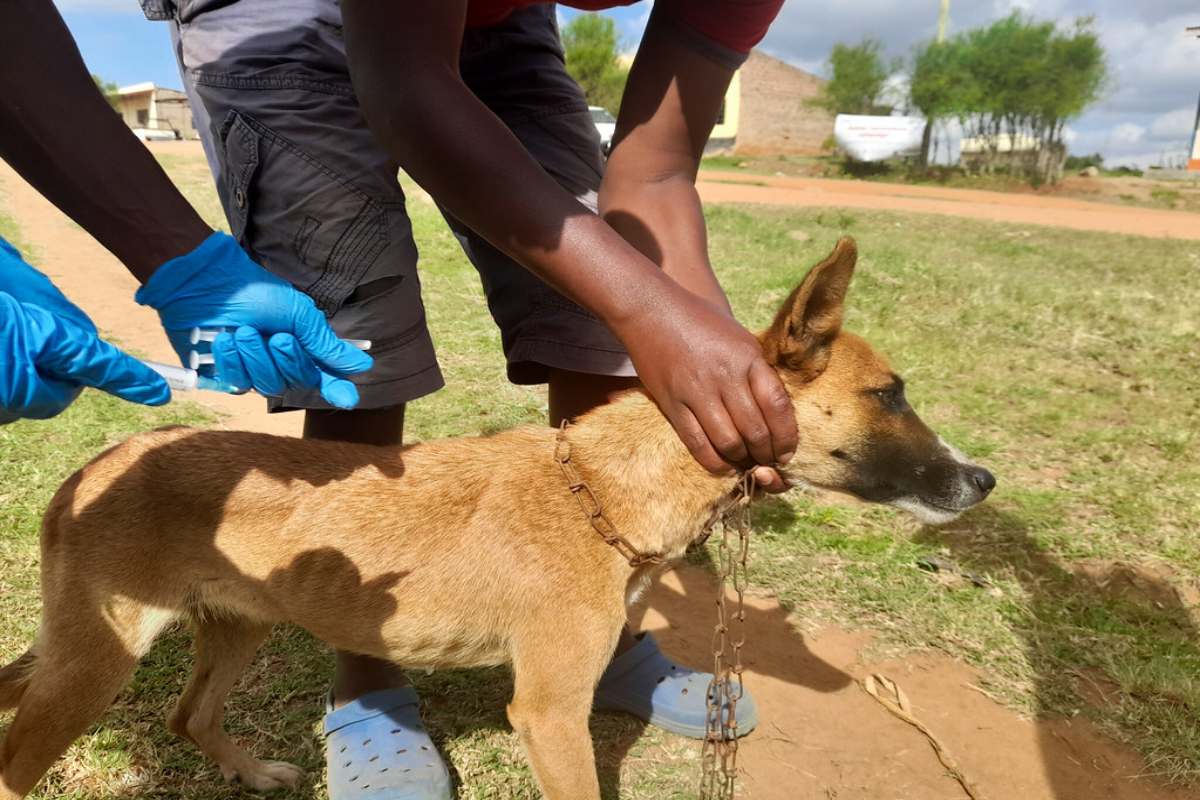The rabies virus can lie dormant in the human body and kill after years. Therefore, it is a good idea not to skip the whole vaccine process.

Rabies can spread to people and pets if they are bitten or scratched by a rabid animal. (Creative Commons)
Eight years after being bitten by the dog, a 14-year-old Chennai boy succumbed to rabies on 23 September. He had been brought to the hospital with excitable behaviour, hydrophobia, and hyperactivity. This is how bad rabies can get.
As the world marked World Rabies Day, on Wednesday, 28 September, it should be understood that the virus can lie dormant in the human body and kill after years. Therefore, it is a good idea not to skip the whole vaccine process.
Rabies is a fatal but preventable viral disease. It can spread to people and pets if they are bitten or scratched by a rabid animal.
The rabies virus infects the central nervous system. If a person does not receive the appropriate medical care after a potential rabies exposure, the virus can affect the brain, ultimately resulting in death.
“The vaccination for rabies is most important. After getting bitten by a rabid animal, the person should be prescribed the rabies vaccine as per the guidelines,” Dr. Aslam Hussain, is a private practitioner in Hyderabad, told South First.
“Sometimes, the vaccine alone doesn’t work, the person should be also administered immunoglobulin, which prevents the virus from entering the central nervous system,” he added.
According to the Union Ministry of Animal Husbandry, a total of 1,15,241 cases of animal bites were reported in Andhra Pradesh till 22 July this year.
The numbers for the same period were 3,237 in Karnataka, 95,352 in Kerala, 2,51,510 in Tamil Nadu, and 54,995 in Telangana.
The rabies virus is transmitted through direct contact — such as through broken skin or mucous membranes in the eyes, nose, or mouth — with saliva or the brain or nervous system tissue from an infected animal.
People usually get rabies from the bite of a rabid animal.
It is also possible, but rare, for people to get rabies from non-bite exposures, including scratches, abrasions, or open wounds exposed to saliva or other potentially infectious material from a rabid animal.
The first symptoms of rabies may be similar to the flu, including weakness or discomfort, fever, or headache.
There may also be discomfort, prickling, or an itching sensation at the site of the bite. These symptoms may last for days.
Symptoms then progress to cerebral dysfunction, which cause:
As the disease progresses, the person may experience
The acute period of disease typically ends after two to 10 days.
Once clinical signs of rabies appear, the disease is nearly always fatal, and treatment is typically supportive.
If you’ve been bitten or scratched, wash any wounds immediately with soap and water.
According to the Centers for Disease Control, rabies is a medical urgency but not an emergency. Decisions should not be delayed.
See the doctor for attention for any trauma due to an animal attack before considering the need for rabies vaccination.
Tests are performed on samples of saliva, serum, spinal fluid, and skin biopsies of hair follicles at the nape of the neck.
Saliva can be tested by virus isolation or reverse transcription followed by polymerase chain reaction (RT-PCR).
Serum and spinal fluid are tested for antibodies to the rabies virus.
Skin biopsy specimens are examined for rabies antigen in the cutaneous nerves at the base of hair follicles.
People have much more contact with domestic animals than with wildlife.
Pets and other domestic animals can be infected with rabies when they are bitten by rabid animals, and this type of “spillover” increases the risk to people.
Keeping pets up to date on their rabies vaccination will prevent them from acquiring the disease from wildlife, and thereby prevent possible transmission to humans.
Rabies in dogs is still common in many countries.
If you do come into contact with a rabid animal, rabies in humans is 100 percent preventable through prompt appropriate medical care.
If you are bitten, scratched, or unsure, talk to a healthcare provider about whether you need postexposure prophylaxis (PEP), which consists of a dose of human rabies immune globulin (HRIG) and rabies vaccine given on the day of the rabies exposure, and then a dose of vaccine given again on Days 3, 7, and 14.

Apr 26, 2024

Apr 26, 2024

Apr 25, 2024

Apr 24, 2024

Apr 24, 2024

Apr 23, 2024